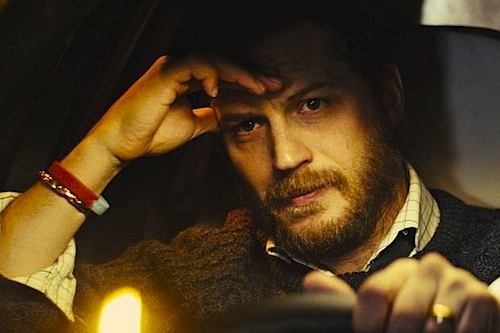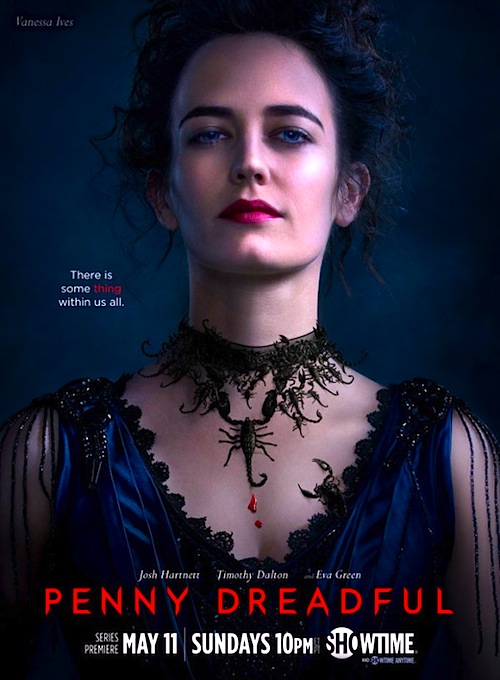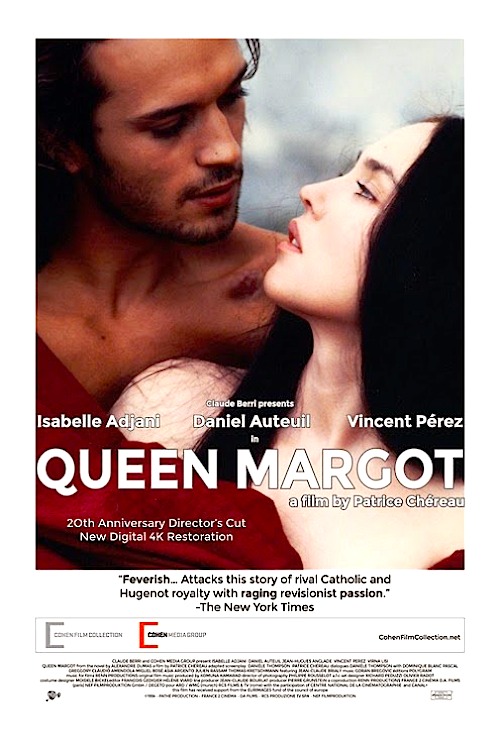[Editor’s Note: the post below appeared this week at The Huffington Post.]
By Govindini Murty. Locke may just be one of the best films of 2014. Superbly written and directed by Steven Knight and featuring a dazzling performance by Tom Hardy, Locke is a must-see for anyone who believes that human character is still the most compelling subject of the cinema. I saw Locke earlier this year when it played to rave reviews at Sundance, and spoke with Knight about his innovative and deeply personal film which is expanding this week to theaters nationwide.
In the film, Tom Hardy plays construction engineer Ivan Locke, a man who takes as much pride in the firm foundations of his buildings as he does in his unshakeable code of personal responsibility. One night, Locke leaves a construction job to drive from Birmingham to London to fulfill a mysterious promise. Along the way, he makes and receives a series of wrenching phone calls that bring his sense of personal duty into conflict with everyone and everything he loves.
I’m a big fan of films that use new digital tools to experiment with the traditional structure of the movies. , Locke succeeds at being both formally inventive and emotionally gripping. The entire movie, with the brief exception of the opening and closing shots, takes place in the interior of a car and features only one actor on-screen, Tom Hardy. At the Sundance premiere of Locke, director Steven Knight told me that he and his talented team used Red digital cameras to shoot the film continuously from beginning to end each night, like a stage play.
Stripped down to the bare essentials as a result, Locke focuses on what matters most: character, emotion, and story. The film proves that even in the contemporary cinema, with its obsession with surface visual effects, movies can still delve below the surface and capture something essential about human nature in much the same way literature can.
In Locke this is largely done through the power of the close-up. In the best movies, the close-up serves to bring emotional transparency to a film, whereby the candor of an actor and the attentiveness of a director work together to draw out the inner life of a character onto the big screen. And it’s there on the big screen that the human face takes on mythic qualities, elevating specific human experiences into universal truths. On the big screen there’s no place to hide as an actor – but if one is as talented as Tom Hardy, one doesn’t need to. Hardy sensitively pulls off Ivan Locke’s volatile and heartbreaking mixture of machismo, passion, humor, anger, and doubt – depicting Locke like a bear trapped in a cage of his own making.

I spoke with Steven Knight (Academy Award nominated screenwriter for Dirty Pretty Things) at the Sundance premiere of Locke and asked him how he pulled off such a technically complicated and emotionally wrenching film. The interview has been edited for length.
GM: I’d like to ask you about the innovative way you made the film. Why did you choose to do such a tight character study and film it in these continuous takes? Tell me about your process.
SK: I just finished making a film with Jason Statham the conventional way [2013’s Redemption]. And two things occurred. One was: anything we shot from the car at night was beautiful, and I thought the thing to do would be to make an installation of that – make it as a piece of art with just the moving traffic patterns.
And then, I also asked the question of myself: the basic task here is to get a lot of people into a room, turn the lights off, and get them to look at a screen for 90 minutes. That’s the basic job you’re doing. [But] are there other ways of doing it? So I thought that maybe that beautiful frame of the moving road could be the theater. And … it would need to be one man, and if you’re going to get one man, it better be Tom Hardy. So I approached him and I said I want you to do a play, effectively. I want to shoot it as a play, but in the environment of a car. He was really keen, read the script and the next weekend we were shooting it. The whole point all the way through was to shoot it in sequence so that it’s an actor’s performance. Don’t split it up, don’t turn it into a conventional way of shooting it. And I think the rewards are immense, because the actors feel like they are in control of their own performances. Continue reading LFM’s Govindini Murty at The Huffington Post: Talking With Director Steven Knight About His Innovative and Enthralling Film Locke

